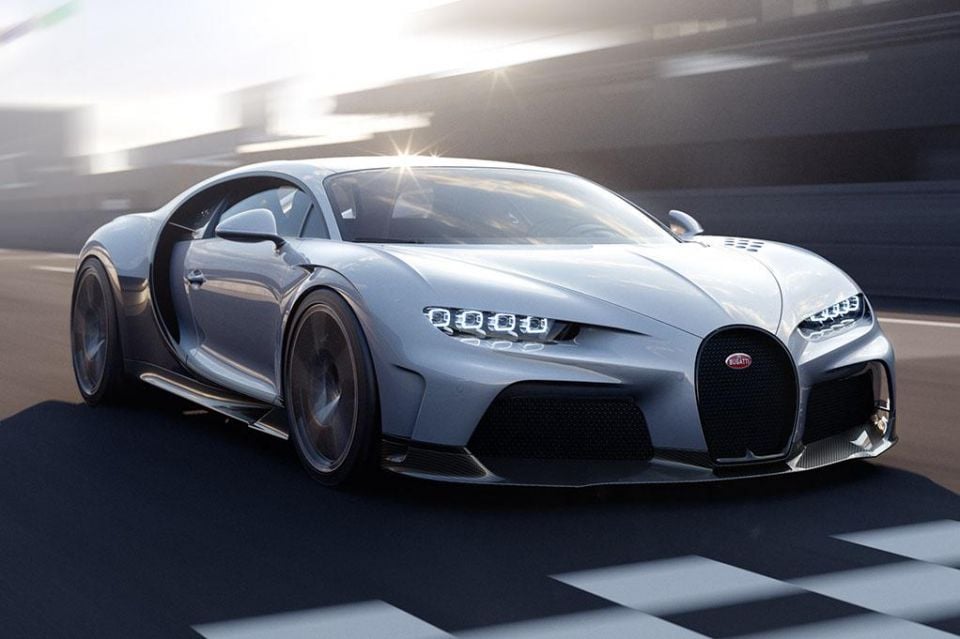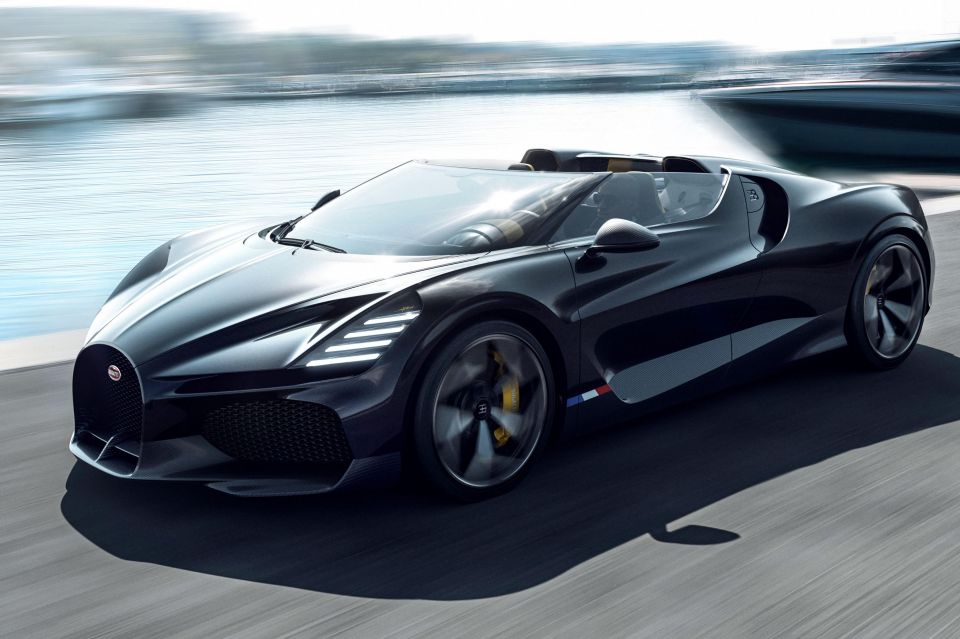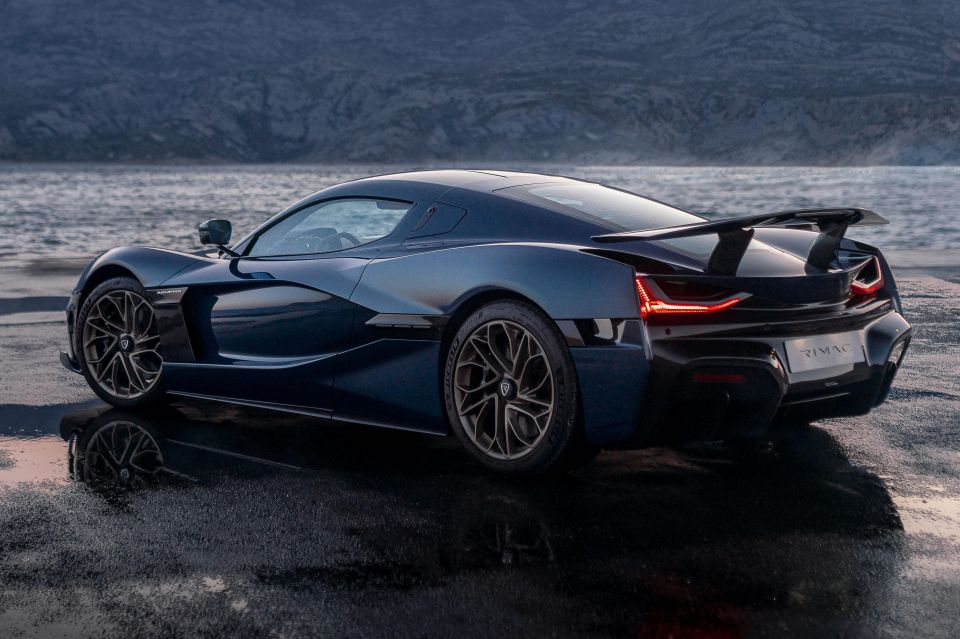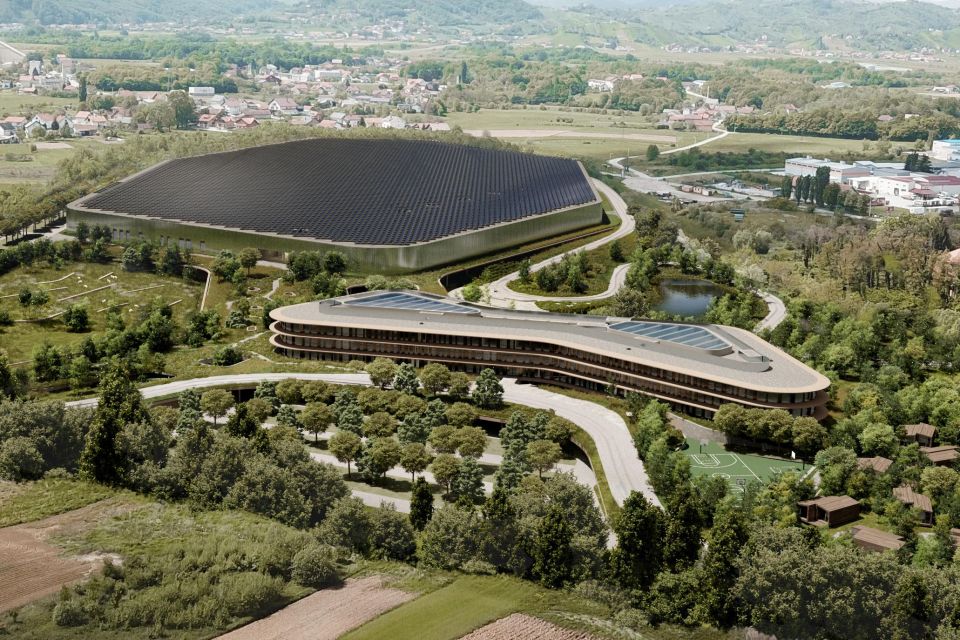

James Wong
2026 Audi SQ5 review: Quick drive
6 Days Ago

Contributor
Bugatti fans will reportedly have to wait until after 2030 for the company to launch its first all-electric vehicle, as it’s currently focusing on hybridisation.
In an interview with Autocar, Bugatti design director Achim Anschiedt said the company is “looking at the next step for the hybrid model”, and that “everything else is a little too far down the line”.
This hybrid successor to the W16-powered Chiron hypercar is reportedly earmarked to launch in 2027, and is expected to cost more than €5 million ($A7.72 million).
“It would be almost irresponsible towards our cherished customer base [to look beyond the next car],” said Mr Anschiedt.

Bugatti deputy design director Frank Heyl stopped short on explicitly confirming whether Bugatti’s first electric vehicle (EV) had been pushed back beyond 2030, but said the company is currently focused on “this decade, with the hybrid”.
This contradicts what Bugatti Rimac CEO Mate Rimac told Autocar in July 2021, where he said that there will be fully-electric Bugattis within the decade.
When the all-electric Bugatti does arrive though, it will “blow people out of the water”, said Mr Heyl.
Bugatti ceased to become a wholly-owned entity of the Volkswagen Group in November 2021, with ownership being passed to a joint venture company called Bugatti Rimac.

Rimac Group has a 55 per cent stake in the joint venture, with Porsche owning the other 45 per cent.
For now, Bugatti and Rimac will continue to operate separately, retaining their existing production facilities and distribution channels.
Although the brands will be kept separate, future vehicles will share technology.
Bugatti recently sent off the its iconic W16 engine with the Chiron-based Mistral open-top roadster, which is limited to 99 units and is already sold out.

Rimac also started deliveries of its all-electric Nevera hypercar in August this year. The first customer was German-Finnish former Formula 1 driver Nico Rosberg.
Rimac Group, the parent company of Bugatti Rimac, is currently constructing its €200 million ($A308.6 million) headquarters in Zagreb, Croatia.
Known as the ‘Rimac Campus’, it’ll serve as the company’s international research and development (R&D) and production base for all future Rimac products, including the current Nevera and its key components.
The company has broken ground and the headquarters should be completed in 2023.

This campus will also become the home of R&D for future Bugatti models, though these vehicles will be built at Bugatti’s Molsheim plant in France.
The 197,575 square-metre complex will feature an on-site test track, museum, design, engineering, production and test facilities, as well as “high-end customisation” showroom, bar, restaurant and retail spaces.
Rimac also says there’ll be a gym and training centre, kindergarten, auditorium, conference hall, education rooms, rooftop garden, command centre, VR-rooms and several top-secret project rooms.
At this stage Rimac expects the construction of this complex to be completed in 2023, though future additions are planned.
Where expert car reviews meet expert car buying – CarExpert gives you trusted advice, personalised service and real savings on your next new car.
Jack Quick is an automotive journalist based in Melbourne. Jack studied journalism and photography at Deakin University in Burwood, and previously represented the university in dance nationally. In his spare time, he loves to pump Charli XCX and play a bit of Grand Theft Auto. He’s also the proud owner of a blue, manual 2020 Suzuki Jimny.


James Wong
6 Days Ago


Max Davies
5 Days Ago


Josh Nevett
3 Days Ago


Max Davies
3 Days Ago


Max Davies
2 Days Ago


Derek Fung
1 Day Ago